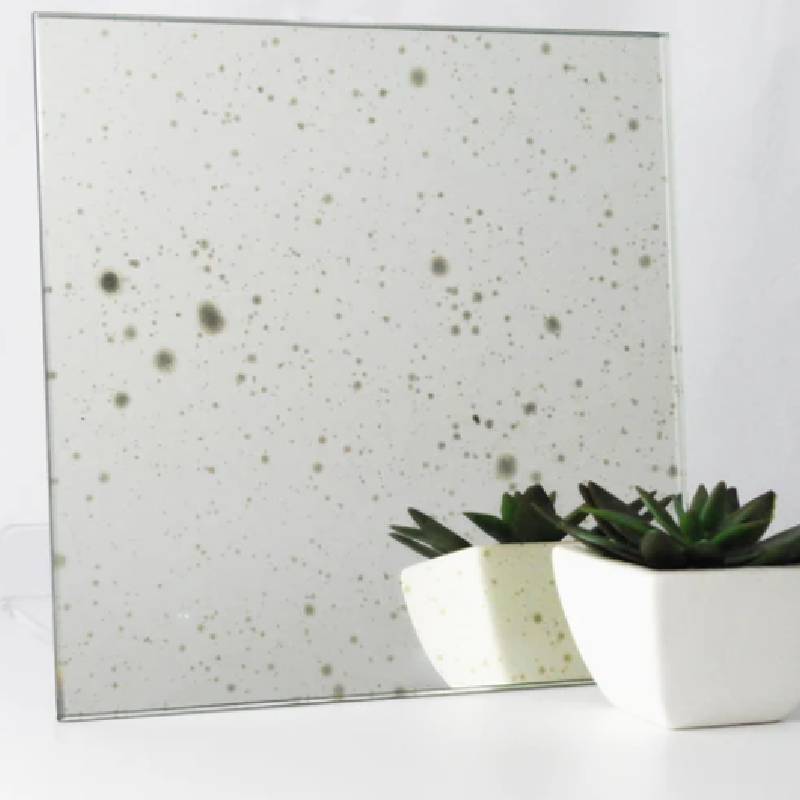Understanding Float Glass Definition and Significance
Float glass is a type of glass that is recognized for its clarity and flatness, making it an essential material in various applications, from architecture to automotive manufacturing. The method of producing float glass significantly contributes to its unique properties, which differentiate it from other types of glass. This article delves into the meaning of float glass, its manufacturing process, benefits, and various uses.
What is Float Glass?
Float glass is defined as a flat glass produced by the float process, where molten glass is allowed to flow on the surface of molten tin. The process yields an even thickness and a smooth surface, making it ideal for applications requiring high optical clarity and uniformity. The finished product is typically clear, but it can also be treated or tinted to suit specific decorative or functional purposes.
The Manufacturing Process
The float glass manufacturing process begins with the melting of raw materials. Silica sand, soda ash, and limestone are common basic materials used to create the glass batch. In the float process, these materials are combined and heated to extreme temperatures (around 1700°C or 3100°F) in a furnace until they melt.
Once the glass has melted, it is floated on a layer of molten tin. This is crucial because tin provides a perfectly flat surface, thus ensuring that the glass maintains uniform thickness and smoothness as it cools. The molten glass spreads out, forming a continuous ribbon that exits the tin bath. As it moves along, it begins to cool and solidify.
After the glass ribbon leaves the float bath, it is annealed, a process that involves heating it to a specific temperature and then gradually cooling it to relieve internal stresses. Finally, the float glass is cut into sheets of various sizes and packaged for distribution.
Advantages of Float Glass
1. Optical Clarity One of the most remarkable features of float glass is its transparency. It has minimal distortion and is free from bubbles or other imperfections, making it ideal for windows, glass doors, and display cases.
2. Uniform Thickness The float process ensures a consistent thickness, which is crucial for many applications, particularly in architectural environments, where precise measurements are necessary.
float glass meaning
3. Versatility Float glass can be manufactured in various thicknesses and sizes, making it suitable for an extensive range of applications, including interior and exterior walls, skylights, and mirrors.
4. Easy to Treat Float glass can be easily tempered, laminated, coated, or tinted. These treatments enhance its safety and performance characteristics, catering to specific requirements in buildings or vehicles.
Applications of Float Glass
Float glass finds its way into a multitude of industries and applications
- Architecture and Construction Widely used in windows, façades, curtain walls, and glass doors due to its aesthetic appeal and ability to provide thermal insulation.
- Automotive Industry Used for windshields and side windows, where safety, visibility, and style are critical. Advanced technologies like laminated float glass enhance strength and safety.
- Interior Design Employed in mirrors, cabinets, and decorative features, float glass adds elegance and depth to interior spaces.
- Electronics Used in screens for televisions, smartphones, and monitors, where a flat, even surface is essential for display quality.
- Furniture Often utilized in tabletops and shelving due to its aesthetic qualities and strength.
Conclusion
In conclusion, float glass represents a significant advancement in glass manufacturing, characterized by its superior flatness and optical clarity. From its unique production process to its wide array of applications, float glass plays a crucial role in modern construction, design, automotive, and various other industries. As technologies advance and new applications emerge, the importance of float glass is likely to grow, ensuring its continued relevance in our daily lives. Understanding its properties and applications helps us appreciate the vital role this material plays in shaping our environment and enhancing our experiences.
 Afrikaans
Afrikaans  Albanian
Albanian  Amharic
Amharic  Arabic
Arabic  Armenian
Armenian  Azerbaijani
Azerbaijani  Basque
Basque  Belarusian
Belarusian  Bengali
Bengali  Bosnian
Bosnian  Bulgarian
Bulgarian  Catalan
Catalan  Cebuano
Cebuano  Corsican
Corsican  Croatian
Croatian  Czech
Czech  Danish
Danish  Dutch
Dutch  English
English  Esperanto
Esperanto  Estonian
Estonian  Finnish
Finnish  French
French  Frisian
Frisian  Galician
Galician  Georgian
Georgian  German
German  Greek
Greek  Gujarati
Gujarati  Haitian Creole
Haitian Creole  hausa
hausa  hawaiian
hawaiian  Hebrew
Hebrew  Hindi
Hindi  Miao
Miao  Hungarian
Hungarian  Icelandic
Icelandic  igbo
igbo  Indonesian
Indonesian  irish
irish  Italian
Italian  Japanese
Japanese  Javanese
Javanese  Kannada
Kannada  kazakh
kazakh  Khmer
Khmer  Rwandese
Rwandese  Korean
Korean  Kurdish
Kurdish  Kyrgyz
Kyrgyz  Lao
Lao  Latin
Latin  Latvian
Latvian  Lithuanian
Lithuanian  Luxembourgish
Luxembourgish  Macedonian
Macedonian  Malgashi
Malgashi  Malay
Malay  Malayalam
Malayalam  Maltese
Maltese  Maori
Maori  Marathi
Marathi  Mongolian
Mongolian  Myanmar
Myanmar  Nepali
Nepali  Norwegian
Norwegian  Norwegian
Norwegian  Occitan
Occitan  Pashto
Pashto  Persian
Persian  Polish
Polish  Portuguese
Portuguese  Punjabi
Punjabi  Romanian
Romanian  Russian
Russian  Samoan
Samoan  Scottish Gaelic
Scottish Gaelic  Serbian
Serbian  Sesotho
Sesotho  Shona
Shona  Sindhi
Sindhi  Sinhala
Sinhala  Slovak
Slovak  Slovenian
Slovenian  Somali
Somali  Spanish
Spanish  Sundanese
Sundanese  Swahili
Swahili  Swedish
Swedish  Tagalog
Tagalog  Tajik
Tajik  Tamil
Tamil  Tatar
Tatar  Telugu
Telugu  Thai
Thai  Turkish
Turkish  Turkmen
Turkmen  Ukrainian
Ukrainian  Urdu
Urdu  Uighur
Uighur  Uzbek
Uzbek  Vietnamese
Vietnamese  Welsh
Welsh  Bantu
Bantu  Yiddish
Yiddish  Yoruba
Yoruba  Zulu
Zulu 

